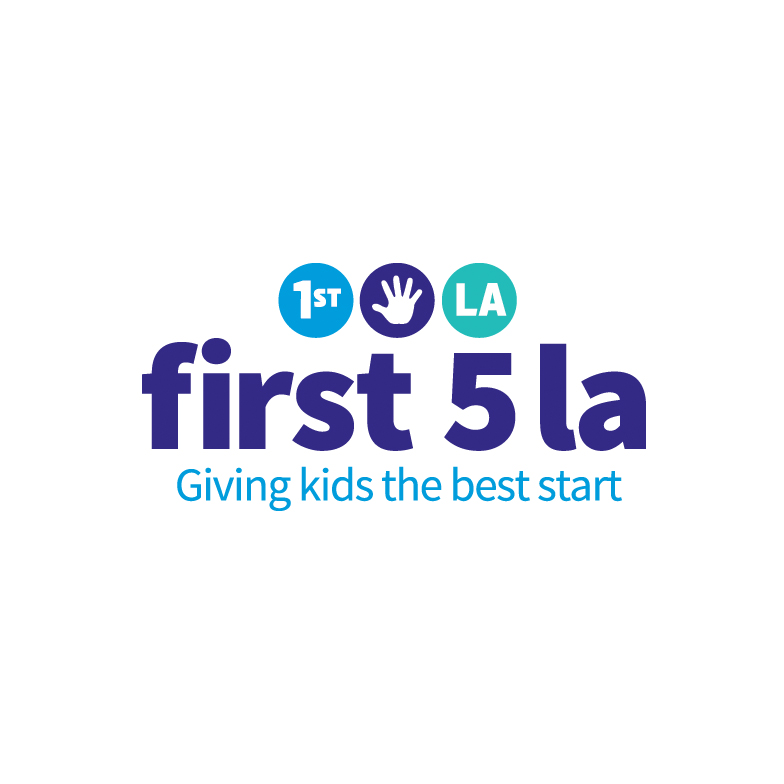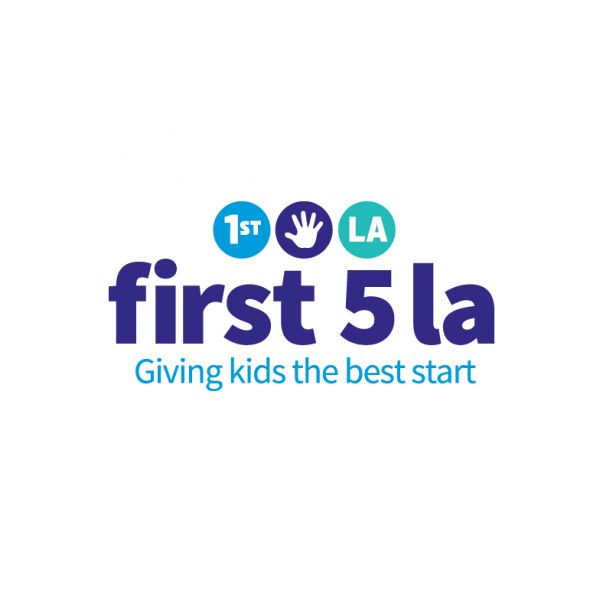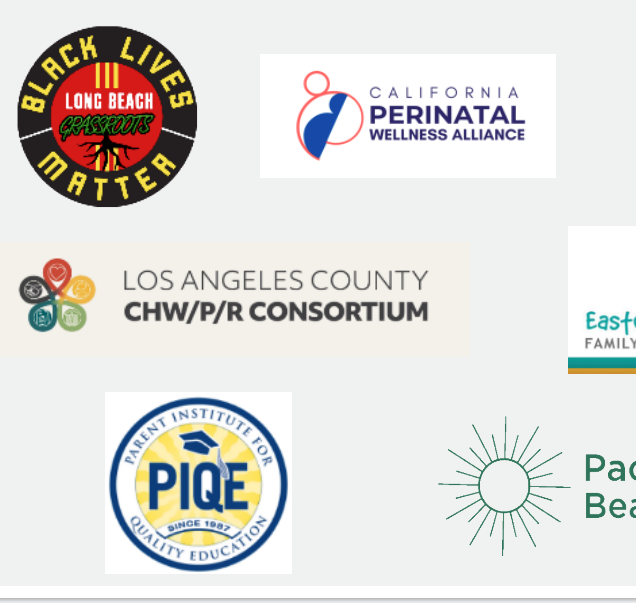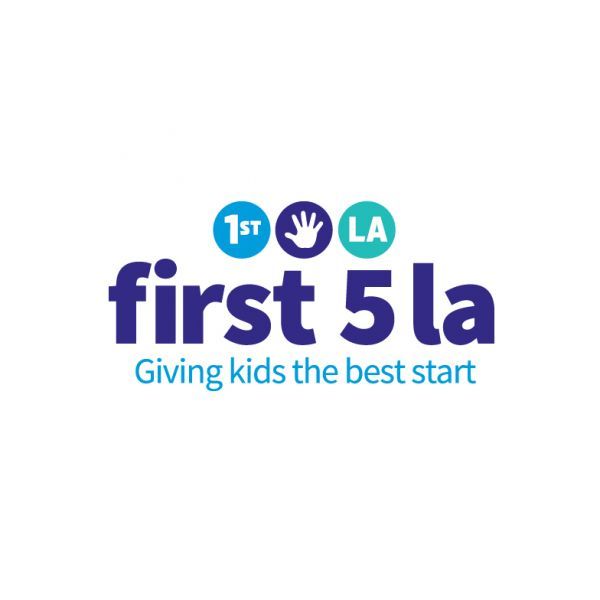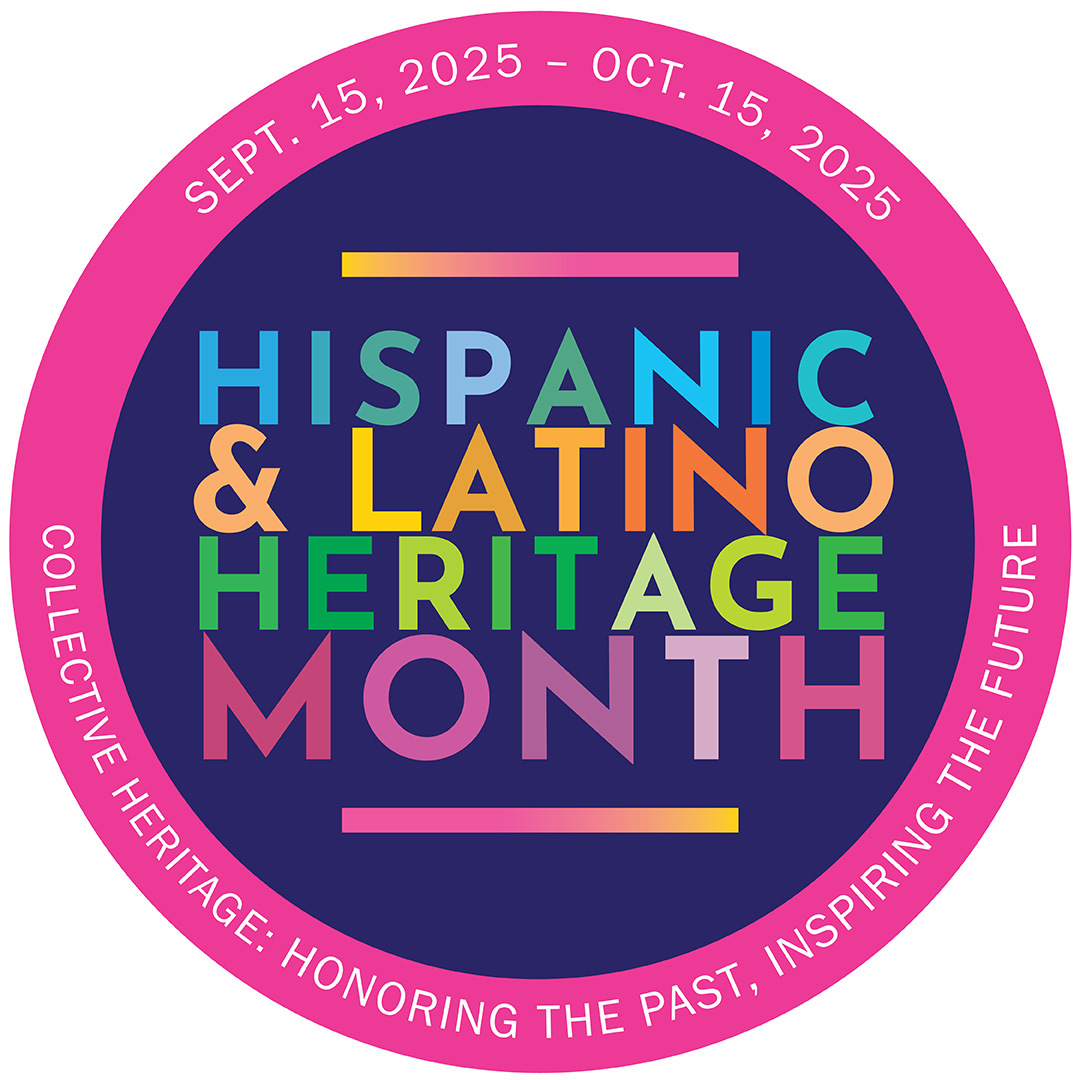Nearly 3 million young parents across California confront long waiting lists and daunting costs
By Kim Pattillo Brownson and Bruce Fuller
Pristine optimism fills the air as our kids head back to school and start anew — a refreshing balm for blistering dog days of summer.
But for nearly 3 million young parents across California who scramble for child care each fall, that upbeat sense of renewal quickly turns to panic. Unlike K-12 schools that serve every child, young families confront long waiting lists and daunting costs for care or pre-kindergarten.
Just one in two preschoolers will find a space this month, dismal odds that sink much lower in middle-class parts of the Bay Area, along with farther-out suburbs in Contra Costa and San Joaquin counties, a UC Berkeley study detailed last month.
Lucky families who find coveted pre-K slots then pay nearly $2,000 per month on average, only to find a teacher who simply passed four state-required courses.
Just one in eight parents with a child under 3 will find openings at a center or licensed day-care home, even though 60 percent of these mothers work outside the home. Major employers must then raise wages or lose workers, as parents see their paycheck falling below the cost of care.
Zoñia Sanchez quit her job to care for a baby grandson, helping her daughter return to college. “We had to wait a year to find a center,” and the father, a carpenter, earned too much for public child care or pre-K. “Where can we find support?”
Half of all Californians, like Sanchez, yearn for a bold policy fix, according to one statewide poll. Gov. Jerry Brown did earmark $409 million in new child-care dollars this summer, now awarded to 13,400 new families.
But our next governor, come next year, must go further, melding Sacramento’s maze of funding streams and eligibility rules, creating a single door for parents to enter, starting with high-quality early education.
Brown showed it can be done, earlier collapsing scores of K-12 programs into flexible block-grants for school districts, then boosting funding to spur local innovation. In turn, school chiefs in Santa Clara and Los Angeles counties extended pre-K to most 4-year-olds. We must see early education as the front-end of a seamless pipeline from birth through public schooling and college.
A half-century of research tells us that disadvantaged children benefit most from quality care and pre-K. Kids raised in middle-class families benefit, too, when teachers are well-trained and humanely paid, such as in unlikely states like Georgia and Oklahoma, which now finance pre-K for all.
But in the world’s fifth largest economy – California – the average pre-K staffer earned just over $12 an hour last year.
California’s new governor must lift quality as he widens access. Yoonjeon Kim, mother of Gia, nearly 2, favors her licensed home, not a formal center, near El Cerrito. It doesn’t have “colorful walls, lots of toys,” Kim said. But “it’s a small setting, so the kids are quite close to each other even across ages.”
What will it cost to make care and pre-K affordable, while raising quality to propel our young children through school?
Not that much, given that education spending will climb $3.9 billion overall this fall. If California lawmakers had earmarked an amount equaling one-quarter of that for pre-K, every 4-year-old would find a spot this month.
Instead, that yearly jolt of desperation again besets young families, still missing the joy of heading back to school.
Kim Pattillo Brownson is Vice President for Policy at First 5 LA Bruce Fuller is professor of education and public policy at UC Berkeley.
Originally published by the San Jose Mercury News on August 14, 2018
